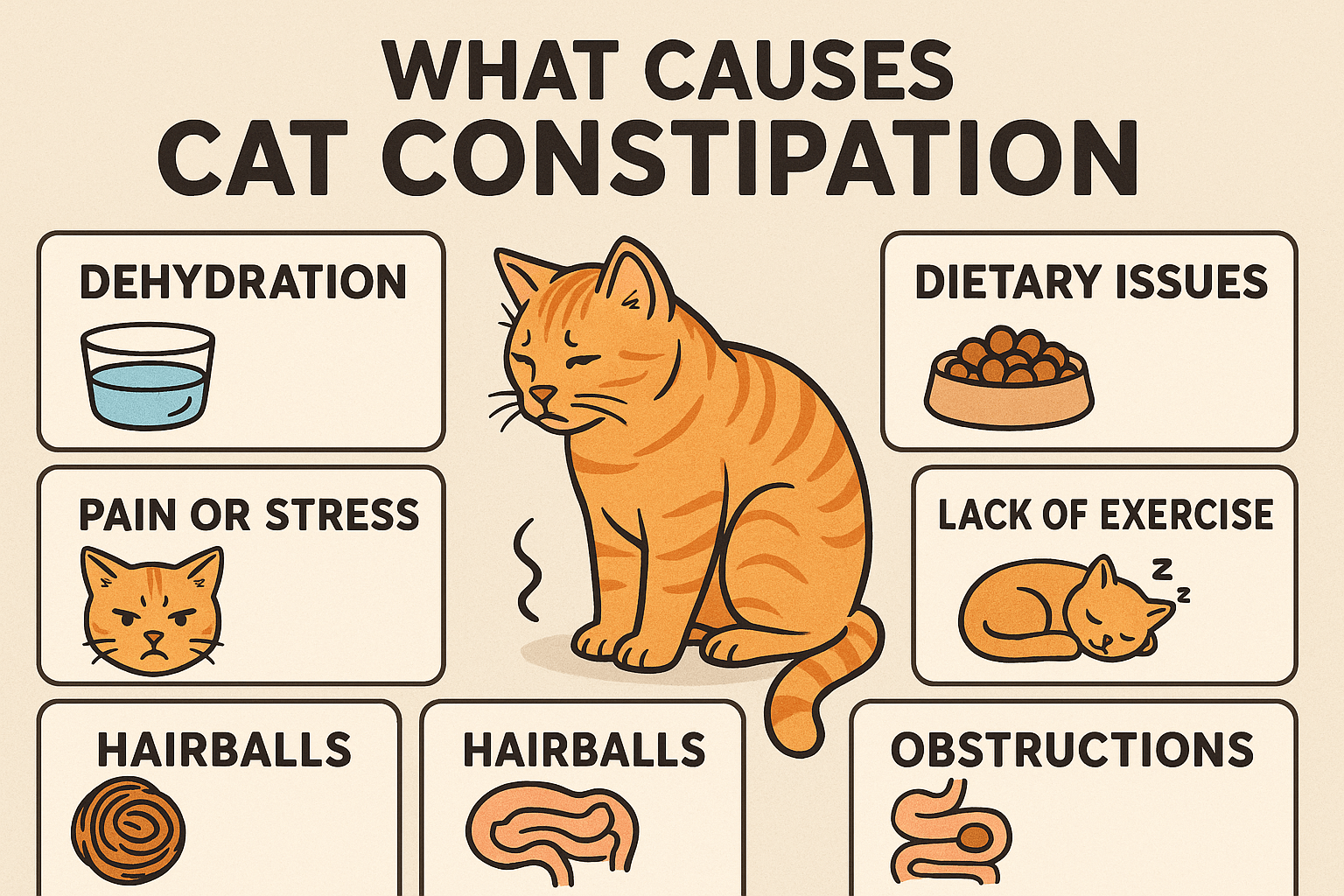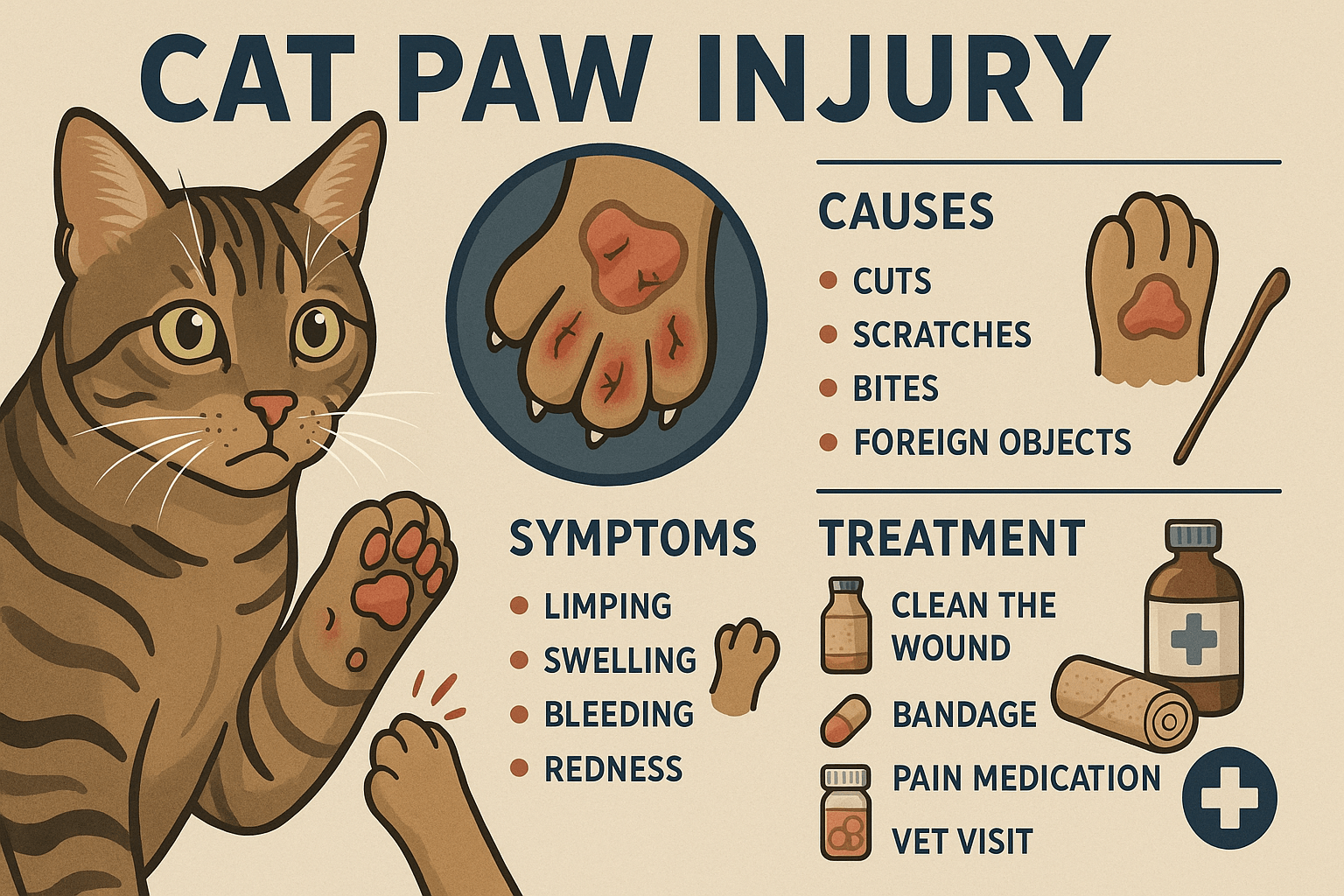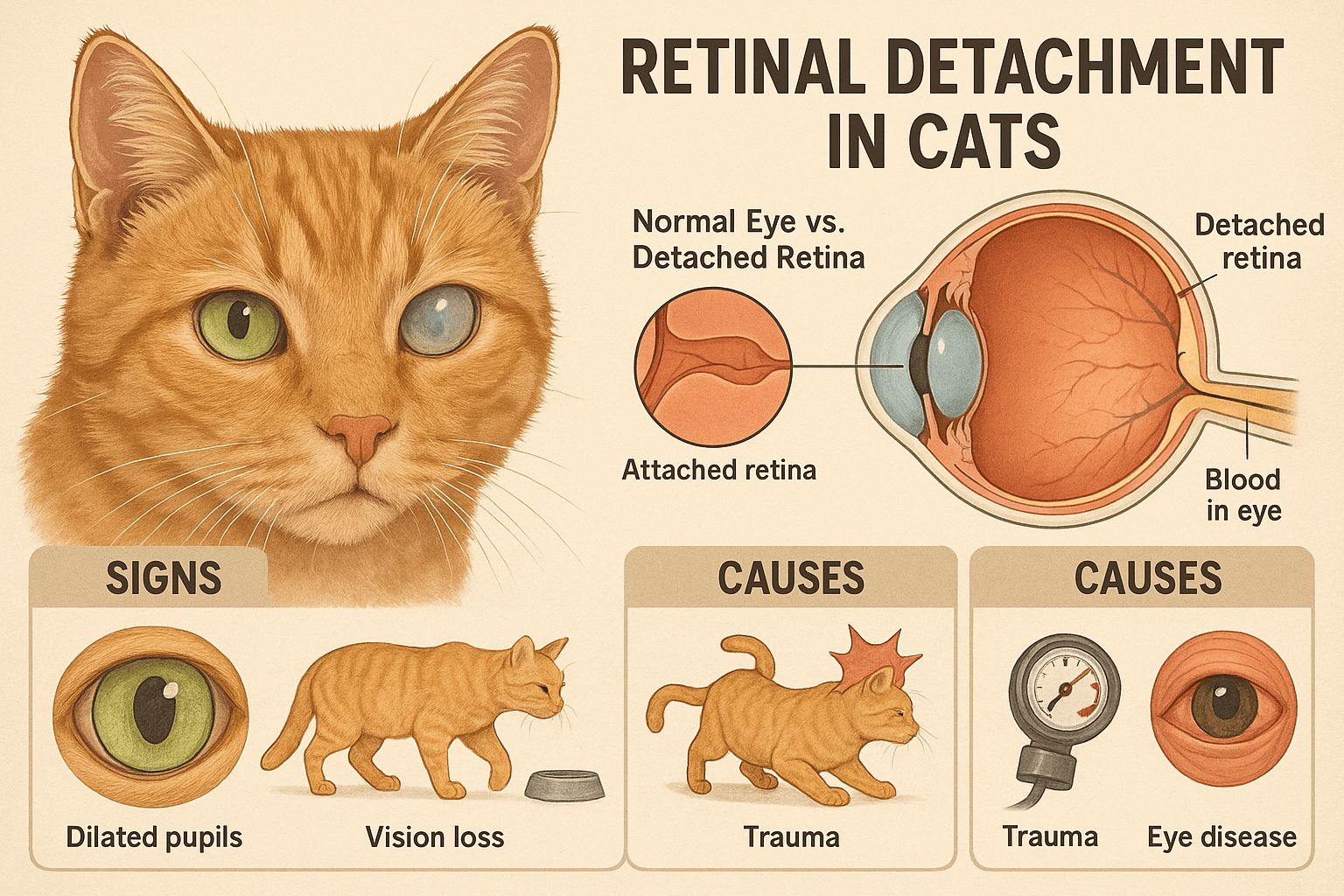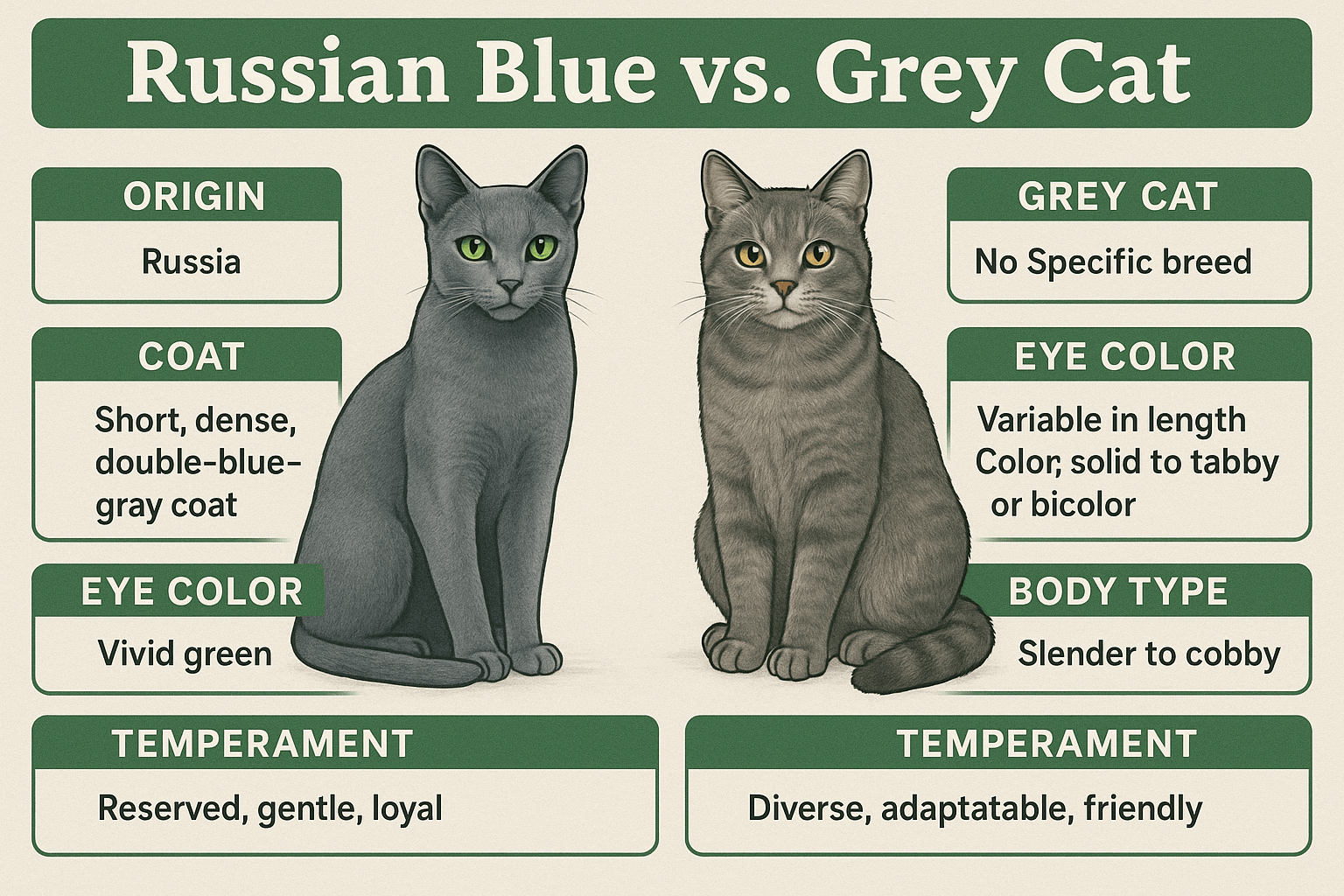Can I Sedate My Cat to Cut His Nails?
Trimming a cat’s nails is an essential part of their care, but it can sometimes feel like a daunting task—especially if your feline friend is particularly anxious or resistant. Many cat owners wonder whether sedation might be the answer to making nail trimming easier and less stressful for both them and their pet. While sedation may seem like a quick fix, it’s important to understand the risks, alternatives, and ethical considerations before proceeding. In this blog post, we’ll explore everything you need to know about sedating your cat for nail trims, from expert advice to safer alternatives that prioritize your cat’s well-being.
Why Sedation Should Be Avoided for Routine Nail Trimming
Sedating your cat for a routine nail trim is generally not recommended unless absolutely necessary. Here are some reasons why sedation should be approached with caution and avoided in most cases.
Health Risks Associated with Sedation:
Sedatives can cause side effects such as respiratory issues, low blood pressure, or allergic reactions, especially in older or sick cats.Stressful Recovery Period:
Cats often experience confusion or disorientation after sedation, which can lead to additional stress and anxiety.Unnecessary for Most Cats:
With patience and proper techniques, most cats can tolerate nail trims without the need for sedation.Potential Damage to Trust:
Using sedation for routine care can harm the bond between you and your cat, as they may associate handling with fear or discomfort.Availability of Safer Alternatives:
There are many non-invasive ways to make nail trimming easier, such as gradual desensitization and positive reinforcement.
By understanding these concerns, you can make informed decisions that prioritize your cat’s safety and comfort during nail care.
When Sedation Might Be Necessary for Nail Trimming
While sedation isn’t ideal for routine nail trims, there are rare situations where it may be considered under veterinary supervision. These scenarios typically involve extreme aggression or medical complications.
Severe Aggression:
If your cat becomes aggressive during nail trims and poses a risk of injury to themselves or others, sedation may be explored as a last resort.Medical Conditions Affecting Mobility:
Cats with arthritis or other mobility issues may find nail trims too painful without sedation to ensure their comfort.Overgrown or Ingrown Nails:
In cases where nails have grown into the paw pad, sedation may be required to safely address the issue without causing further harm.Veterinary Procedures Combining Nail Care:
If your cat needs sedation for another medical procedure, nail trimming might be done simultaneously to minimize stress.Highly Anxious or Fearful Cats:
For cats with severe anxiety or trauma related to handling, sedation may be recommended by a vet to prevent panic.
In these specific cases, sedation should only be administered by a qualified veterinarian who can monitor your cat’s health throughout the process.
Check this guide 👉The Role of Cat Sedatives for Travel: Best 7 Expert Tips!
Check this guide 👉Understanding Cat Sedatives: Best 7 Health Tips!

Reasons to Avoid Sedation | When Sedation May Be Considered |
|---|---|
Risk of adverse health effects | Severe aggression during handling |
Stressful recovery period | Medical conditions like arthritis |
Unnecessary for most cats | Overgrown or ingrown nails |
Harmful impact on owner-cat trust | Veterinary procedures requiring sedation |
Availability of safer alternatives | Extreme anxiety or fear |
How to Prepare Your Cat for Nail Trimming Without Sedation
If sedation isn’t the right choice, preparing your cat for nail trimming through gentle training and desensitization can make the process much smoother. Follow these steps to help your cat feel more comfortable.
Start with Paw Touching Exercises:
Gently touch your cat’s paws during calm moments and reward them with treats to create positive associations.Introduce the Clippers Gradually:
Allow your cat to sniff and inspect the clippers so they become familiar with the tool before it’s used.Practice Short Sessions:
Keep initial handling sessions brief to avoid overwhelming your cat and gradually increase the duration over time.Use Positive Reinforcement:
Reward your cat with praise, treats, or playtime after each successful interaction to reinforce good behavior.Stay Calm and Patient:
Cats pick up on your emotions—if you’re relaxed, they’re more likely to remain calm during the process.
With consistent effort, you can build your cat’s confidence and reduce resistance to nail trimming without resorting to sedation.
Alternatives to Sedation for Managing Difficult Nail Trims
If your cat struggles with nail trimming, there are several alternatives to sedation that can help make the process easier and less stressful.
Professional Groomers:
Experienced groomers are skilled at handling nervous or difficult cats and can provide safe nail trimming services.Veterinary Assistance:
Some vets offer nail trimming as part of routine check-ups or can provide mild calming aids if needed.Soft Paws Nail Caps:
These caps fit over your cat’s nails, reducing the need for frequent trimming while protecting furniture and skin from scratches.Environmental Enrichment:
Providing scratching posts and toys helps cats naturally wear down their nails, minimizing the frequency of trims.Calming Products:
Pheromone sprays or diffusers can help relax your cat before and during nail trimming sessions.
Exploring these alternatives ensures your cat receives the care they need without unnecessary risks or stress.
Signs Your Cat Needs Nail Trimming
Knowing when to trim your cat’s nails is key to avoiding complications and ensuring their comfort. Look out for these signs that indicate it’s time for a trim.
Audible Clicking Sounds on Hard Floors:
If your cat’s nails make clicking noises while walking, they’re likely too long.Nails Getting Caught on Fabric:
Overgrown nails can snag on clothing, carpets, or furniture, causing discomfort.Visible Curling of the Nails:
Check for nails curling inward toward the paw pad, which requires immediate attention.Difficulty Retracting Claws:
Healthy nails should retract easily; difficulty retracting may signal overgrowth.Increased Scratching Behavior:
Excessive scratching could mean your cat is trying to file their nails unsuccessfully.
Recognizing these signs helps you stay proactive about your cat’s nail care and prevents potential problems.
Tools You’ll Need for Safe Nail Trimming
Having the right tools makes nail trimming safer and less stressful for both you and your cat. Here’s what you’ll need to get started.
Cat-Specific Nail Clippers:
Invest in high-quality clippers designed for small animals to ensure clean cuts.Styptic Powder:
Keep styptic powder on hand to stop bleeding if you accidentally cut the quick.Treats for Rewards:
Use tasty treats to reward your cat for cooperating during the process.A Comfortable Space:
Choose a quiet area where your cat feels safe and relaxed during trimming.Gloves for Protection:
Wear gloves to protect yourself from accidental bites or scratches.
Equipping yourself with the right tools sets you up for success and minimizes stress during nail trims.
Building a Positive Association with Nail Trimming
Creating a positive association with nail trimming can transform it into a less intimidating experience for your cat. Try these tips to foster goodwill.
Start Early with Kittens:
Introduce nail trimming early in life to accustom kittens to the process.Pair Trimming with Playtime:
Follow up nail trims with fun activities to leave your cat feeling happy and rewarded.Speak in a Soothing Voice:
Use calming tones to reassure your cat throughout the session.Reward Every Step:
Offer treats after touching paws, introducing clippers, and completing the trim.End on a High Note:
Always conclude with something enjoyable, like cuddles or a favorite toy.
By focusing on positivity, you can turn nail trimming into a pleasant experience that strengthens your bond with your cat.
Frequently Asked Questions About Sedating Cats for Nail Trims
Is it safe to sedate my cat for nail trimming?
Sedation carries risks and should only be done under veterinary supervision for extreme cases.
Can I use over-the-counter calming aids instead of sedation?
Yes, products like pheromone sprays or herbal supplements may help calm your cat without sedation.
What if my cat bites or scratches during nail trims?
Use protective gear like gloves and consider seeking professional help to avoid injuries.
How can I train my cat to accept nail trims?
Gradual desensitization and positive reinforcement can help your cat become more comfortable over time.
Should I sedate my cat if they have ingrown nails?
Consult your vet first—they may recommend sedation to safely address the issue without causing pain.
Prioritizing Your Cat’s Well-Being During Nail Care
While sedating your cat for nail trimming might seem like an easy solution, it’s rarely the best option for routine care. By understanding the risks, exploring alternatives, and investing time in training and preparation, you can ensure your cat’s nail care is both safe and stress-free. Remember, patience and compassion go a long way in building trust and making grooming a positive experience for your feline companion. With the right approach, nail trimming can become a manageable—and even bonding—part of your relationship with your cat.
What Causes Cat Constipation? Best 7 Expert Tips! Discover common causes, symptoms, and solutions for cat constipation to keep your feline healthy and comfortable.
Cat Paw Injury: Best 7 Expert Tips! Discover essential advice on identifying, treating, and preventing cat paw injuries to keep your feline friend healthy and happy.
Retinal Detachment in Cats: Best 7 Expert Tips! Learn to identify symptoms, understand causes, and explore treatment options to protect your cat’s vision effectively.
Russian Blue vs Grey Cat: Best 7 Expert Tips! Discover key differences, unique traits, and expert advice to help you choose between a Russian Blue and a generic grey cat for your perfect feline companion.





